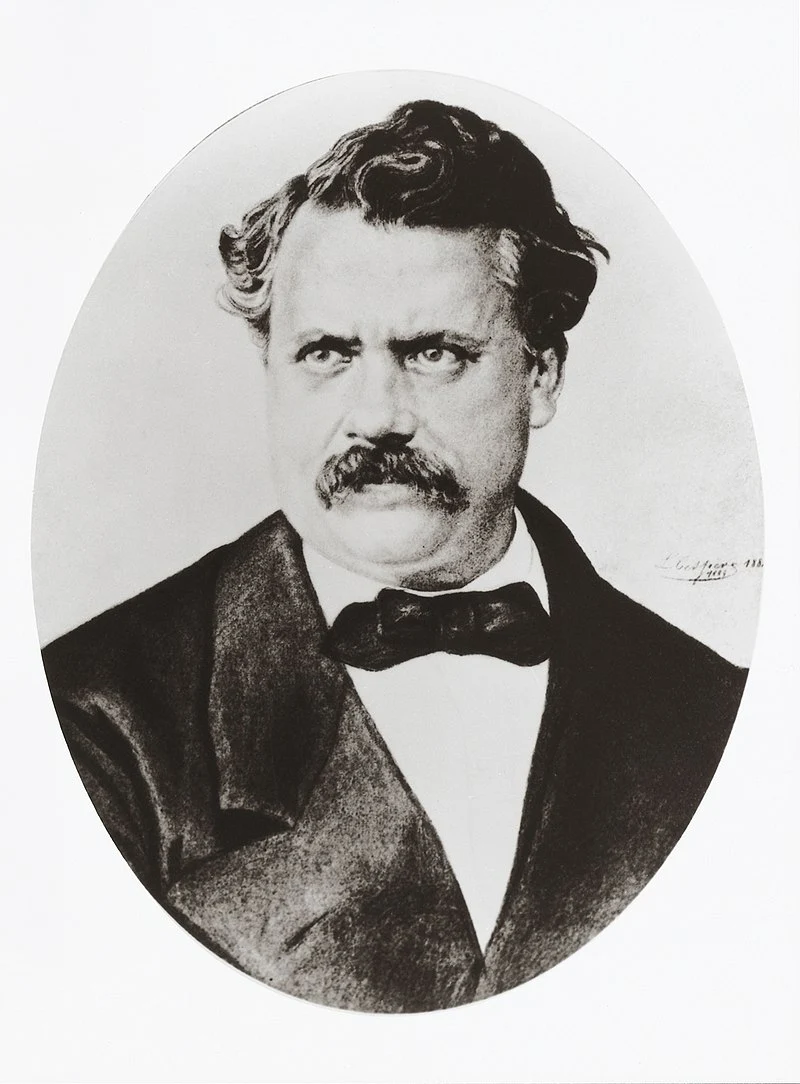
When you hear the name Louis Vuitton, what comes to mind? For most, it conjures images of luxury, exclusivity, and impeccable craftsmanship. Louis Vuitton, the man behind the iconic brand, not only founded a fashion empire but also revolutionized the world of luxury goods. His influence on fashion is undeniable, and his legacy continues to shape the industry even today. Let’s delve into the story of Louis Vuitton, the fashion designer whose name became synonymous with luxury.
Table of Contents
The Humble Beginnings of a Fashion Icon
Louis Vuitton was born on August 4, 1821, in Anchay, a small village in eastern France. The son of a farmer, Vuitton’s early life was far removed from the glamour and opulence associated with his name today. At just 13 years old, Vuitton decided to leave his rural home and embark on a journey to Paris. Traveling on foot, he worked various odd jobs along the way to sustain himself. This journey, which took him over two years to complete, marked the beginning of a remarkable transformation from a humble carpenter’s son to one of the most celebrated fashion designers in history.
Mastering the Craft of Trunk-Making
Upon his arrival in Paris in 1837, he apprenticed under Monsieur Maréchal, a well-known box-maker and packer. During the 19th century, box-making was a highly specialized trade, as travel trunks were custom-made to fit the needs of each client. Vuitton quickly mastered the craft and gained a reputation for his exceptional skills.
His innovative approach to trunk-making set him apart from his contemporaries. Unlike the traditional rounded-top trunks, which were difficult to stack, Vuitton designed flat-topped trunks that were not only more practical but also more aesthetically pleasing. Made from a lightweight yet durable material called “Trianon canvas,” these trunks were resistant to water and odors, further enhancing their appeal.
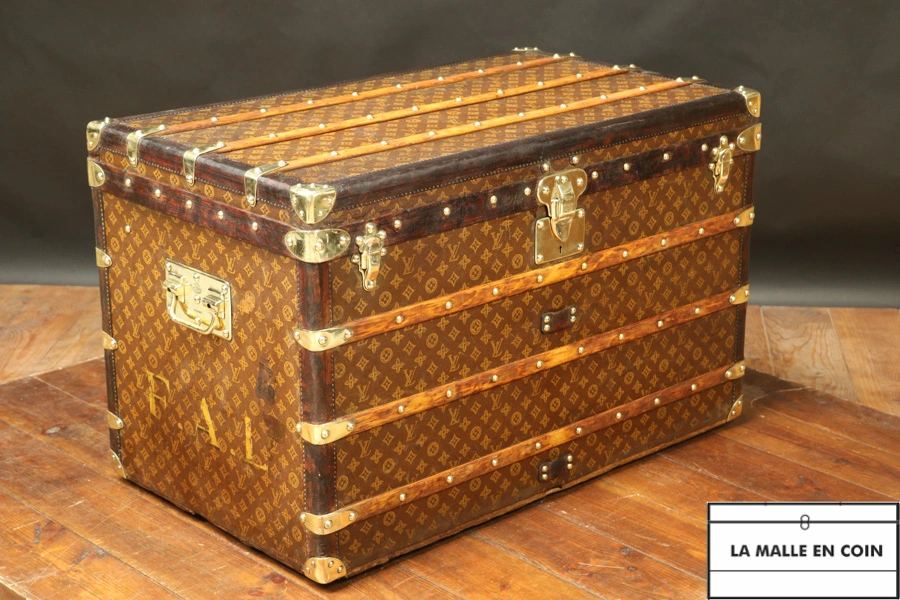
The Birth of the Louis Vuitton Brand
In 1854, Louis Vuitton founded his own company on Rue Neuve des Capucines in Paris, specializing in the design and production of high-quality luggage. The brand quickly gained a prestigious clientele, including French royalty and aristocracy, who were drawn to Vuitton’s innovative designs and unparalleled craftsmanship.
Vuitton’s trunks became a symbol of luxury and sophistication, often customized to meet the specific requirements of his clients. For instance, Empress Eugénie, the wife of Napoleon III, commissioned Vuitton to create a series of trunks for her travels, solidifying the brand’s association with the upper echelons of society.
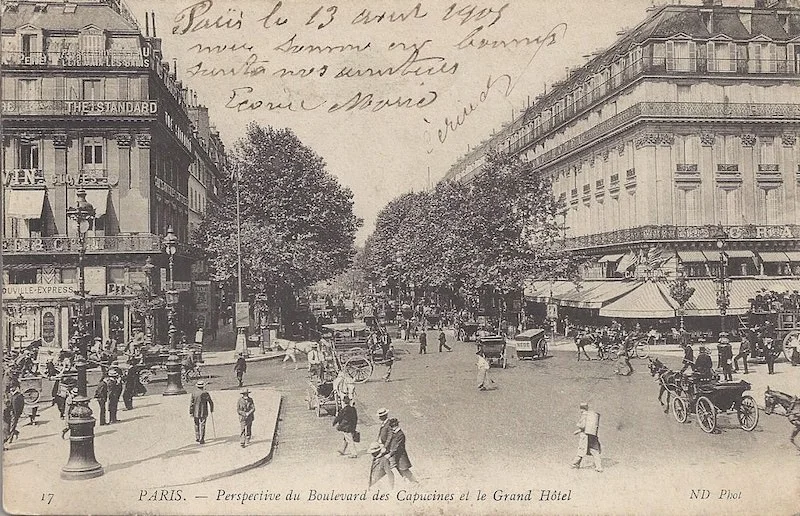
photo/baggage collection
Notable Works and Shows
Vuitton’s rise to prominence wasn’t just about innovative designs; it was also about catering to the elite of society. One of his most notable works was the creation of custom trunks for Empress Eugénie, the wife of Napoleon III. These trunks were not only functional but also highly decorative, designed to reflect the opulence of the French court.
Vuitton also designed unique travel cases for other members of French nobility, each piece tailored to meet specific needs, from storing delicate dresses to transporting fine china. These creations were more than just luggage; they were status symbols that showcased both craftsmanship and luxury.
Although he didn’t participate in fashion shows as we know them today, his work laid the groundwork for the brand’s future presence in the world of high fashion. The meticulous attention to detail and the emphasis on quality that defined Vuitton’s work can be seen in the brand’s later fashion shows, where these principles continue to shine.
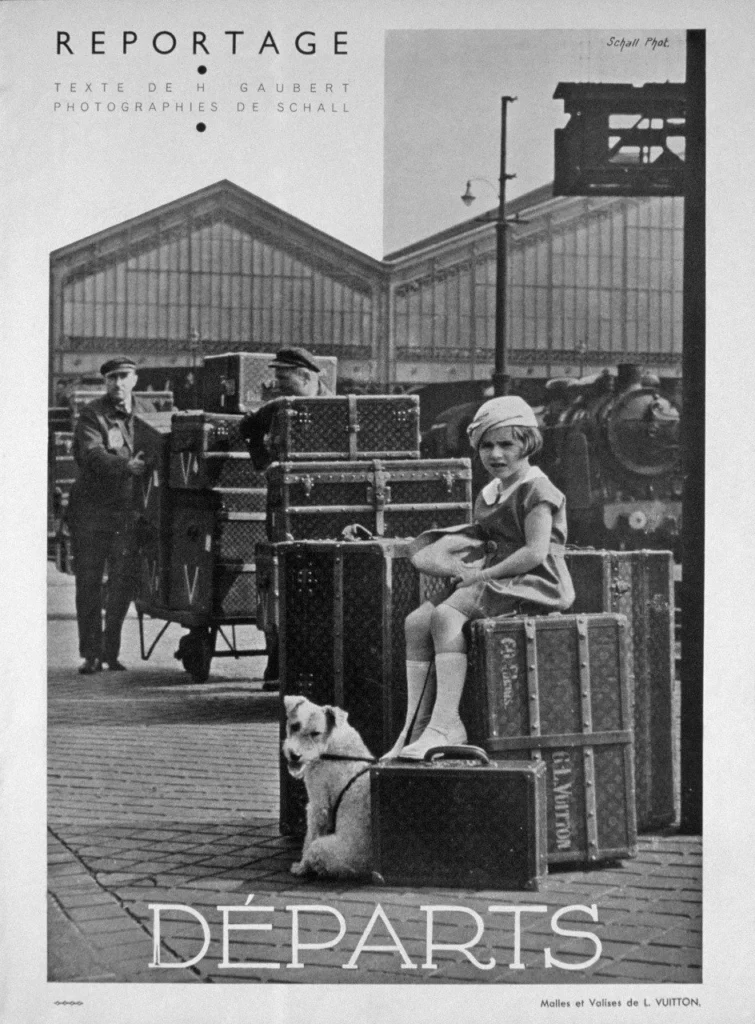
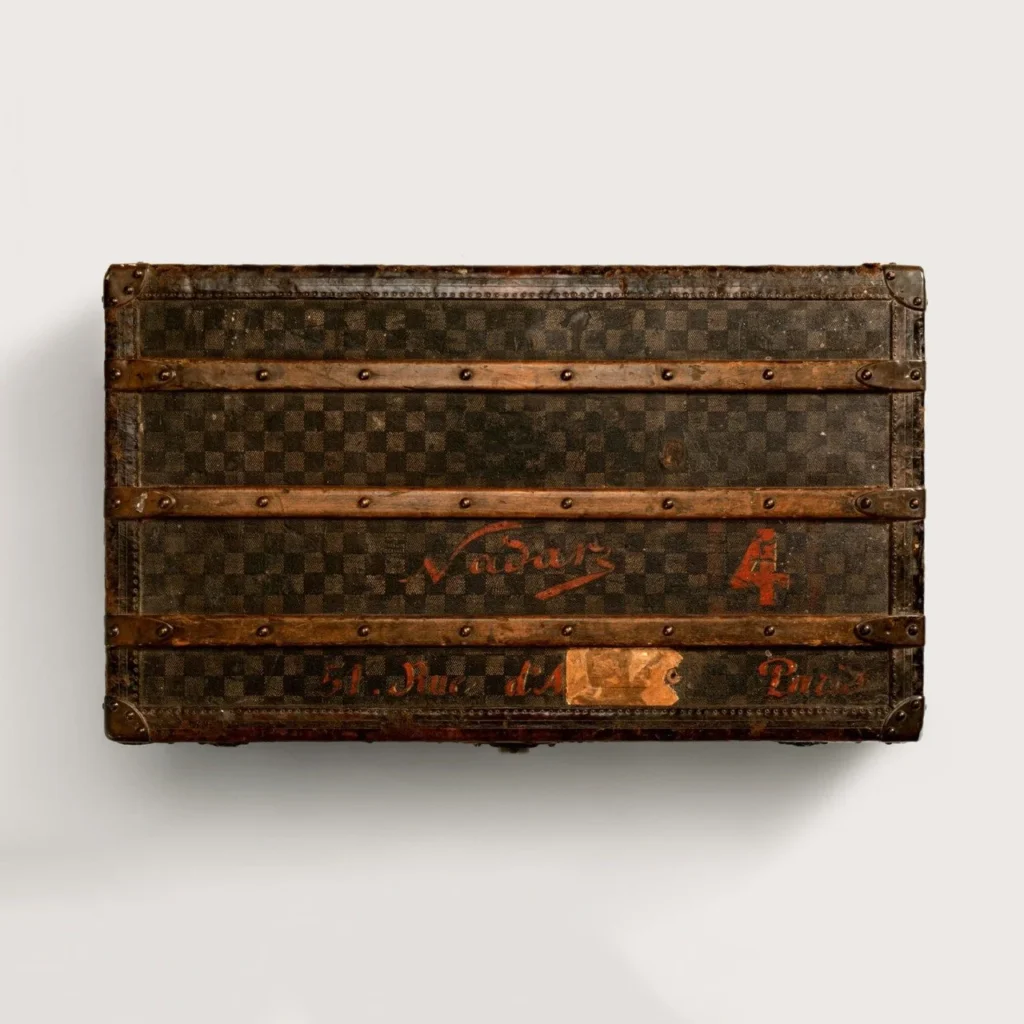
photo/forbes
Louis Vuitton: At a Glance
| Section | Key Points |
|---|---|
| Introduction | Vuitton is a symbol of luxury, elegance, and sophistication in the fashion industry. |
| Humble Beginnings | Vuitton was born in 1821 and moved to Paris at 16, setting the stage for his future success. |
| Founding the Brand | Established in 1854, Vuitton’s first store in Paris introduced innovative flat-topped trunks, revolutionizing travel luggage. |
| Innovation and Expansion | Introduced the canvas trunk in 1886, expanding the brand’s reach across Europe and establishing it as a leader in luxury travel goods. |
| Notable Works and Shows | Created custom trunks for Empress Eugénie and designed unique travel cases for French nobility, setting the foundation for the brand’s future influence in fashion shows. |
| The Iconic Monogram | The LV monogram was introduced in 1896, becoming one of the most recognizable logos in fashion and a symbol of luxury and exclusivity. |
| The Evolution of the Brand | Expanded from trunks to handbags, accessories, and clothing, solidifying its position as a leader in luxury fashion with iconic products like the Speedy and Neverfull handbags. |
| Global Domination | Expanded into Asia and the United States, with collaborations like those with Marc Jacobs and Takashi Murakami, attracting a new generation of fashion enthusiasts. |
| Louis Vuitton in the 21st Century | Adapted to modern trends with collaborations like Supreme, appealing to a younger, diverse audience while staying true to its roots. |
| Sustainability Efforts | Committed to eco-friendly practices, using sustainable materials, and reducing carbon emissions to make luxury fashion more sustainable. |
| Celebrity Endorsements | Popularized by celebrities like Audrey Hepburn and Rihanna, boosting the brand’s image and making LV a household name. |
| Louis Vuitton and Art | Collaborated with contemporary artists like Jeff Koons and Yayoi Kusama, creating limited-edition collections that fuse fashion and art. |
| The Louis Vuitton Foundation | Established in 2014, the LV’s Foundation for art and culture in Paris supports contemporary art and reinforces the brand’s role as a patron of culture. |
| Challenges and Controversies | Navigated through legal battles and criticisms while maintaining the brand’s image in a competitive market. |
| The Future of Louis Vuitton | The brand continues to innovate and adapt to changing trends, with upcoming collections expected to blend traditional craftsmanship with modern design, ensuring its leadership in the luxury fashion industry. |
| Conclusion | LV’s journey from a trunk maker to a global fashion icon showcases the power of innovation, craftsmanship, and staying true to one’s roots, with the brand set to remain a leader in luxury fashion for years to come. |
Innovation and Expansion
As the demand for Vuitton’s products grew, so did his desire to innovate. In 1858, he introduced a groundbreaking new design – the grey Trianon canvas flat trunk. This marked the beginning of a series of innovations that would cement Vuitton’s status as a leader in the luxury market.
Vuitton’s introduction of the Tumbler lock, a revolutionary locking system, added both security and exclusivity to his products. The lock was so effective that Vuitton himself is said to have challenged the famous magician Harry Houdini to escape from a locked LV trunk – a challenge that Houdini reportedly declined.
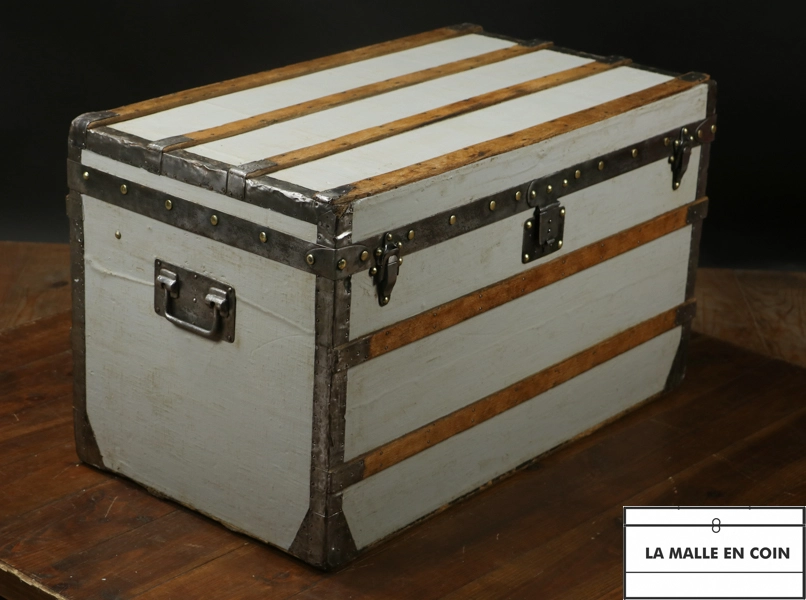
The Iconic Monogram: A Family Affair
LV’s success was passed down to his son, Georges Vuitton, who joined the family business in the late 19th century. Georges played a crucial role in expanding the brand’s global reach and introduced one of the most recognizable symbols in fashion – the LV monogram.
In 1896, Georges created the iconic LV monogram, featuring a pattern of interlocking L and V initials, surrounded by floral motifs. This design was not just a tribute to his father but also a clever response to the growing problem of counterfeiting. The monogram became an instant hit and remains a hallmark of the brand to this day.
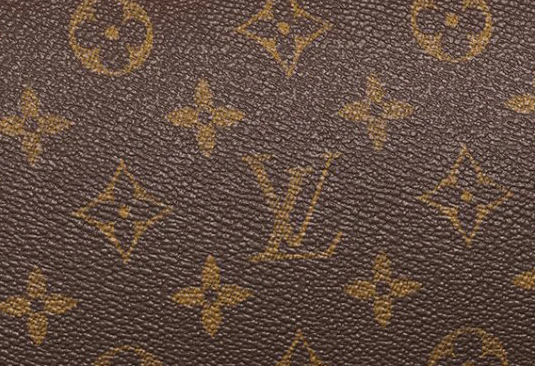
photo/refinedluxury
Louis Vuitton’s Influence on Modern Fashion
LV’s impact on the fashion industry extends far beyond luggage. The brand has become a symbol of high fashion, luxury, and status. Over the years, Louis Vuitton has expanded its product range to include handbags, shoes, accessories, and ready-to-wear clothing. The brand’s collaborations with renowned designers like Marc Jacobs, Virgil Abloh, and Nicolas Ghesquière have further solidified its position at the forefront of fashion.
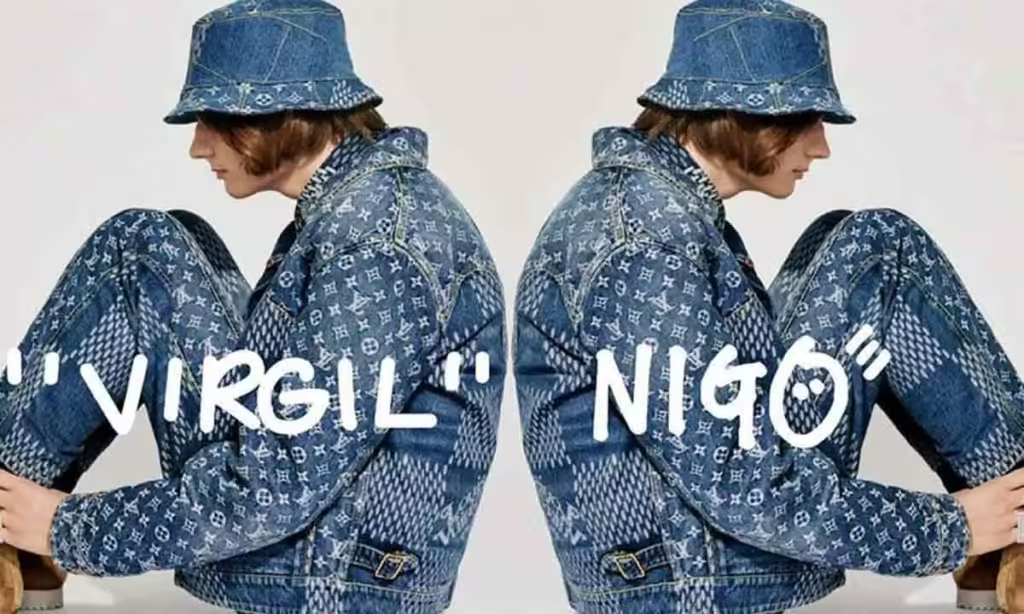
photo/highsnobiety
Also Read-Emile Pingat: The Unsung Hero of Haute Couture
Collaborations and Contemporary Influence
One of the key factors behind LV’s enduring appeal is its ability to blend tradition with modernity. The brand has successfully collaborated with various artists, designers, and celebrities to create limited-edition collections that appeal to a contemporary audience. For instance, the collaboration with streetwear designer Virgil Abloh in 2018 brought a fresh, urban edge to the brand, attracting a younger, more diverse demographic.
These collaborations have not only kept the brand relevant but have also allowed Louis Vuitton to push the boundaries of fashion. From the iconic Stephen Sprouse graffiti collection to the whimsical designs by Takashi Murakami, Louis Vuitton continues to reinvent itself while staying true to its heritage.
Global Domination
With the world rapidly shrinking due to advancements in travel and communication, Louis Vuitton seized the opportunity to expand globally. The brand opened stores in Asia and the United States, catering to a growing demand for luxury goods. Collaborations with designers like Marc Jacobs and artists like Takashi Murakami brought a fresh, modern twist to the brand, attracting a new generation of fashion enthusiasts.
The Louis Vuitton Brand Today
Today, Louis Vuitton is one of the most valuable luxury brands in the world, with a presence in over 50 countries and more than 460 stores worldwide. The brand’s success can be attributed to its unwavering commitment to quality, innovation, and exclusivity. Each Louis Vuitton product is meticulously crafted using the finest materials and techniques, ensuring that it meets the highest standards of excellence.
Despite its global reach, Louis Vuitton remains a family-oriented business at heart. The company is part of the LVMH (Moët Hennessy Louis Vuitton) conglomerate, but the Vuitton family continues to play an active role in its operations, ensuring that the brand’s legacy lives on.
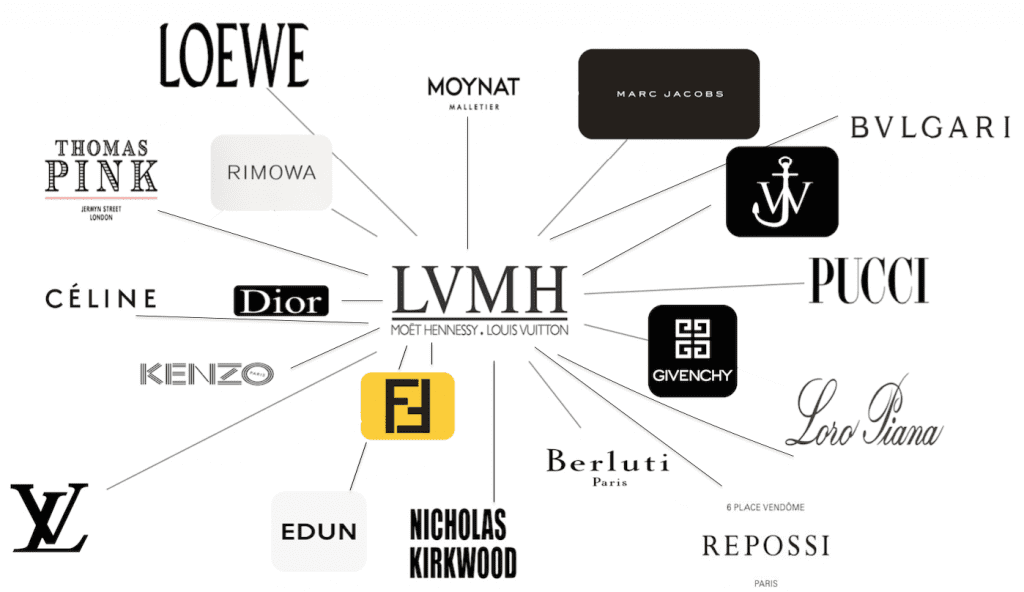
photo/thefashionlaw
Celebrity Endorsements
Celebrities have played a crucial role in popularizing Louis Vuitton. From Audrey Hepburn to Rihanna, many iconic figures have been spotted with Louis Vuitton pieces, further cementing the brand’s status as a symbol of luxury. These endorsements have not only boosted the brand’s image but have also made Louis Vuitton a household name across the globe.
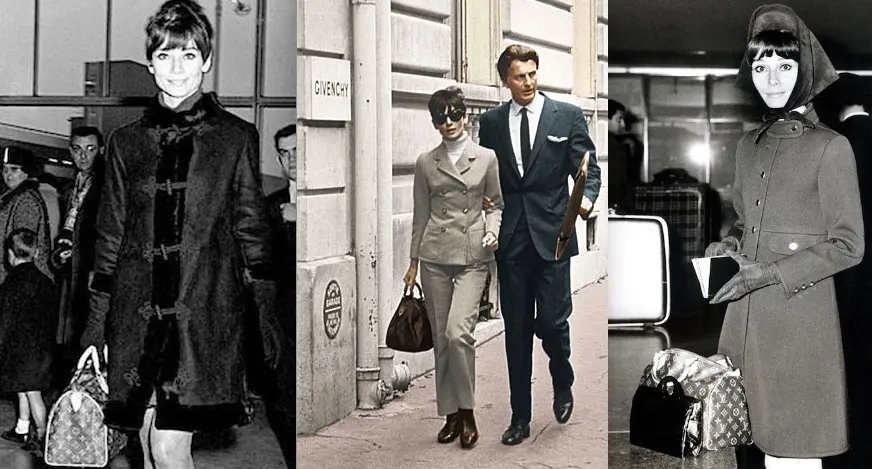
photo/fb
Louis Vuitton and Art
Art and fashion have always been intertwined, and Louis Vuitton has taken this relationship to new heights. Collaborations with contemporary artists like Jeff Koons and Yayoi Kusama have resulted in limited-edition collections that blur the line between fashion and art. These collaborations are more than just marketing tactics; they are a celebration of creativity and a testament to Louis Vuitton’s commitment to innovation.

photo/jeffkoons
The Louis Vuitton Foundation
In 2014, the Louis Vuitton Foundation for art and culture was established in Paris, further solidifying the brand’s connection to the art world. The foundation, housed in a stunning Frank Gehry-designed building, hosts exhibitions and events that showcase contemporary art. This initiative not only supports the arts but also reinforces Louis Vuitton’s role as a patron of culture and creativity.
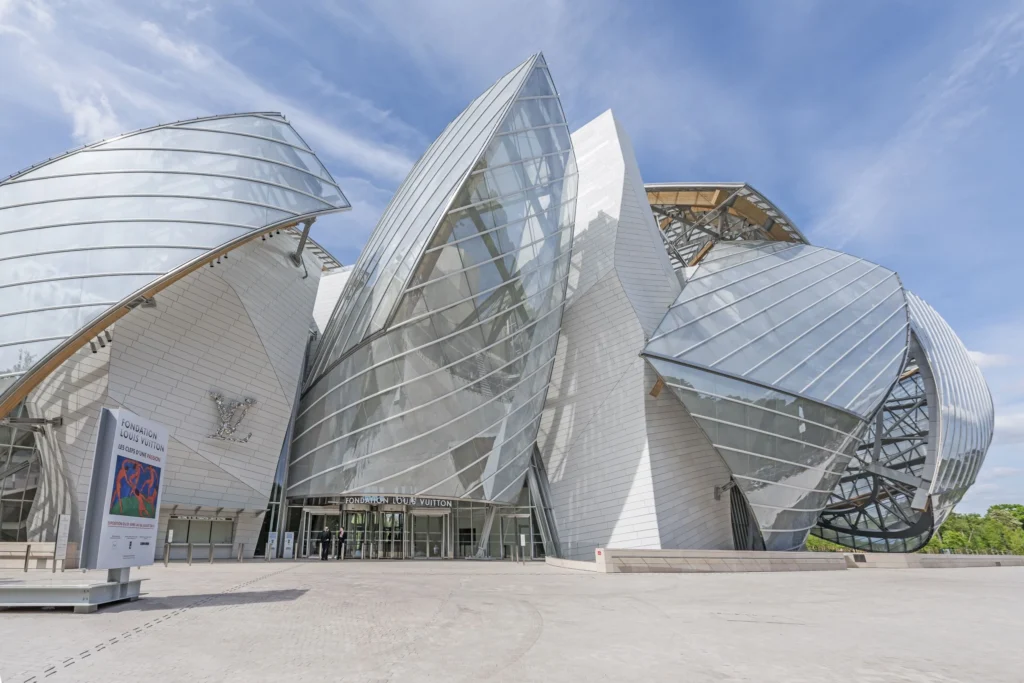
photo/polycor
Challenges and Controversies
Like any global brand, Louis Vuitton has faced its share of challenges and controversies. From legal battles over trademark infringement to criticisms about labor practices, the brand has had to navigate through turbulent waters. However, through it all, Louis Vuitton has managed to maintain its image and continue to thrive in a competitive market.
The Future of Louis Vuitton
So, what does the future hold for Louis Vuitton? With its rich heritage, commitment to innovation, and ability to adapt to changing trends, the brand is well-positioned to remain a leader in the fashion industry. Upcoming collections are expected to continue blending traditional craftsmanship with modern design, ensuring that Louis Vuitton remains at the forefront of luxury fashion.
Conclusion
Louis Vuitton’s journey from a small village in France to becoming a global fashion powerhouse is nothing short of extraordinary. His innovative designs, commitment to quality, and ability to adapt to changing times have made the Louis Vuitton brand a symbol of luxury and sophistication. As the brand continues to evolve, it remains a testament to the enduring legacy of its founder – a legacy that will undoubtedly continue to shape the world of fashion for generations to come.
FAQs
1. What made Louis Vuitton’s trunks so innovative?
Louis Vuitton’s trunks were innovative because of their flat-top design, which made them stackable, and their use of lightweight, durable materials like Trianon canvas. They also featured a unique lock system for added security.
2. How did the Louis Vuitton monogram come about?
The Louis Vuitton monogram was created in 1896 by Georges Vuitton as a tribute to his father, Louis Vuitton. The design was also intended to combat counterfeiting and has since become an iconic symbol of luxury.
3. Who are some of the designers Louis Vuitton has collaborated with?
Louis Vuitton has collaborated with numerous designers, including Marc Jacobs, Virgil Abloh, and Nicolas Ghesquière. The brand has also worked with artists like Takashi Murakami and Stephen Sprouse.
4. What is Louis Vuitton’s most famous product?
While Louis Vuitton is known for many products, its most famous items are the iconic monogrammed handbags and trunks that have become symbols of luxury and fashion.
5. How has Louis Vuitton maintained its relevance in the fashion industry?
Louis Vuitton has maintained its relevance by continuously innovating, collaborating with contemporary designers, and expanding its product range while staying true to its heritage of quality and craftsmanship.
One thought on “The Timeless Legacy of Louis Vuitton: A Fashion Designer Who Defined Luxury”